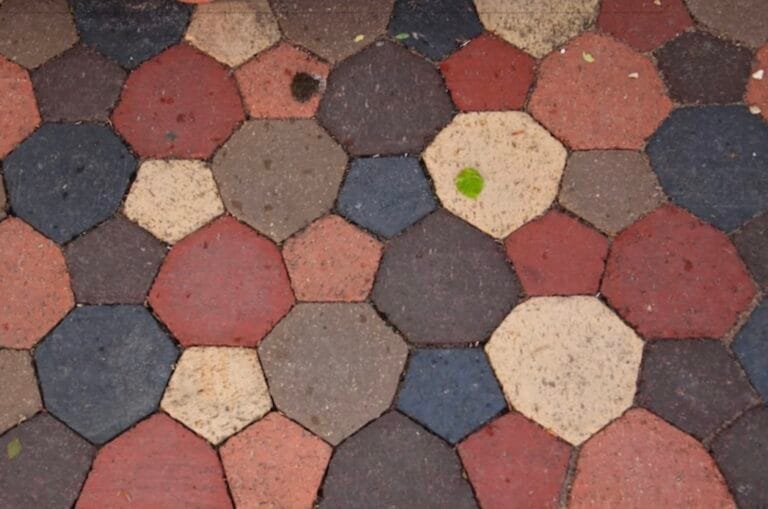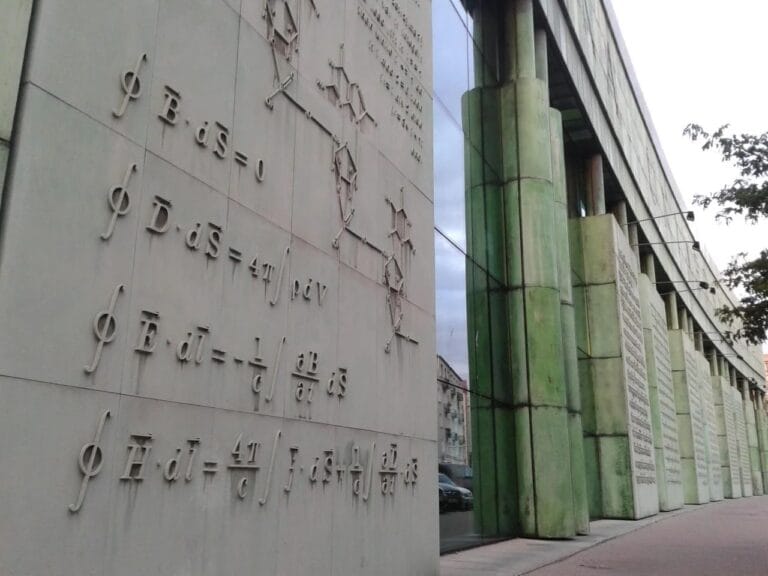There are two ways to understand something. The first: text. Long paragraphs, filled with “therefore” and “hence it follows that…” The second: picture it. When you picture it, your brain goes: “Ah, got it. That’s a triangle.”
Now imagine you’re in the 16th century. No Google. No YouTube. No GeoGebra to show triangles to kids. Math is page after page of Latin explanations. A guaranteed sleep aid.
And here’s where Henry Billingsley enters the stage.
📖 Not a Book, but a Little Theater Stage
In 1570, Billingsley pulled off a history-making move: he published the first English translation of Euclid’s Elements. That alone was massive. Because before that, if you wanted to learn geometry, you had to hop through Greek, then Arabic, then Latin. By the time you reached the theorem, you were already defeated by the language barrier.
But Billingsley’s “totally bonkers” idea was this: he added pop-up three-dimensional figures to the book. Picture it—you turn the page and boom! A paper prism pops up in front of you. Geometry’s IKEA edition.
Today we say “AR apps” or “3D-printed models” are “the future of learning.” Billingsley did it 455 years ago with scissors and glue.

🎩 Can Mathematicians Be Magicians?
Think about it: mathematicians don’t exactly have the reputation of being entertaining. Glasses, dusty books, coffee gone cold. But Billingsley’s book was basically a magic trick. Imagine a kid yelling, “Dad! A triangle just jumped out of the page!” Math suddenly transformed from abstract scribbles into something you could touch.
That’s why I call him the David Copperfield of the 16th century. Except instead of pulling a rabbit from a hat, he pulled out a paper prism.
🤯 The Brain’s “Aha!” Moment
We’ve all been there: you read something ten times and still can’t visualize it. Then someone shows you a model, and your brain goes click. Billingsley’s pop-ups were exactly that click.
The hardest part of math is abstraction. But make abstraction as concrete as a cube rising from the page, and suddenly your brain treats math as “something to play with.”
And notice: that’s one of the golden rules of learning psychology. The more senses you involve, the better you learn. Reading = eyes. Pop-ups = eyes + touch + surprise. Almost a guaranteed learning booster.

🚀 Augmented Reality, 16th-Century Edition
Today Apple brags, “Vision Pro will let you see the world in a whole new dimension.” Billingsley did it with ink and paper.
- Vision Pro: $3,500.
- Billingsley’s pop-up book: a few shillings.
- Impact: both make you say “woooow, what is this?!”
Sometimes “the technology of the future” was already done in the past. The difference is just bright screens versus patient bookbinders.
🎲 Turning Math into a Game
Understanding is one thing; playing is another. What Billingsley did was turn math into a game. Turn the page → prism pops up → you fold, touch, play. That’s basically the ancestor of “gamification.”
Imagine: 16th-century teens might have experienced math as a toy for the very first time. Before that, math was endless Latin paragraphs. Like watching a Scandinavian crime drama without subtitles: unbearable.
But with a pop-up book, math became LEGO.
🕹️ An Education Hack
Today we use “hack” mostly for computers. But a hack is really just a clever shortcut. Billingsley’s book was the ultimate hack.
Instead of slogging through a thousand pages, you just open a page and see the model. The learning “shortcut” key.
And remember: back then this wasn’t just about spreading knowledge. It was about showing math could be learned. English speakers didn’t need Greek. Math became a game anyone could join.
🧩 What Does It Tell Us Today?
455 years later, we’re still debating: “How do we make learning fun?” iPad apps, AR classrooms, VR headsets… But Billingsley’s lesson is simple: learning isn’t just about the content, it’s about how the content is presented.
Reading about a cube is one thing. Having a cube leap out of a page is another.
🎉 “Something This Cool Shouldn’t Be Legal”
Let’s admit it: making pop-up math models is the kind of idea that makes you wonder, “Why didn’t anyone think of this before?” Billingsley probably thought he was just being playful. But he was actually starting a learning revolution.
Even today, when we see pop-up books in bookstores, we smile. Because our inner child is still there, saying: “Wow, the book came alive!” Now imagine the first person in 1570 to feel that. Math instantly stopped being a frozen subject and became a toy.
And that’s why Billingsley’s invention leaves me with one unavoidable thought: things this fun, this clever, and this ahead of their time… honestly shouldn’t be legal.
Henry Billingsley wasn’t just a translator; he was an educational hacker. With nothing but scissors and brilliant thinking, he pre-answered debates we’re still having about “future learning tech.”
Today we brag about AR goggles, VR classrooms, 3D-printed models. But maybe the real lesson is this: sometimes all you need to spark an “aha” moment in the brain is paper, glue, and a ridiculously good idea.
And that’s why Billingsley’s pop-up Elements still stands tall as one of history’s coolest education hacks







